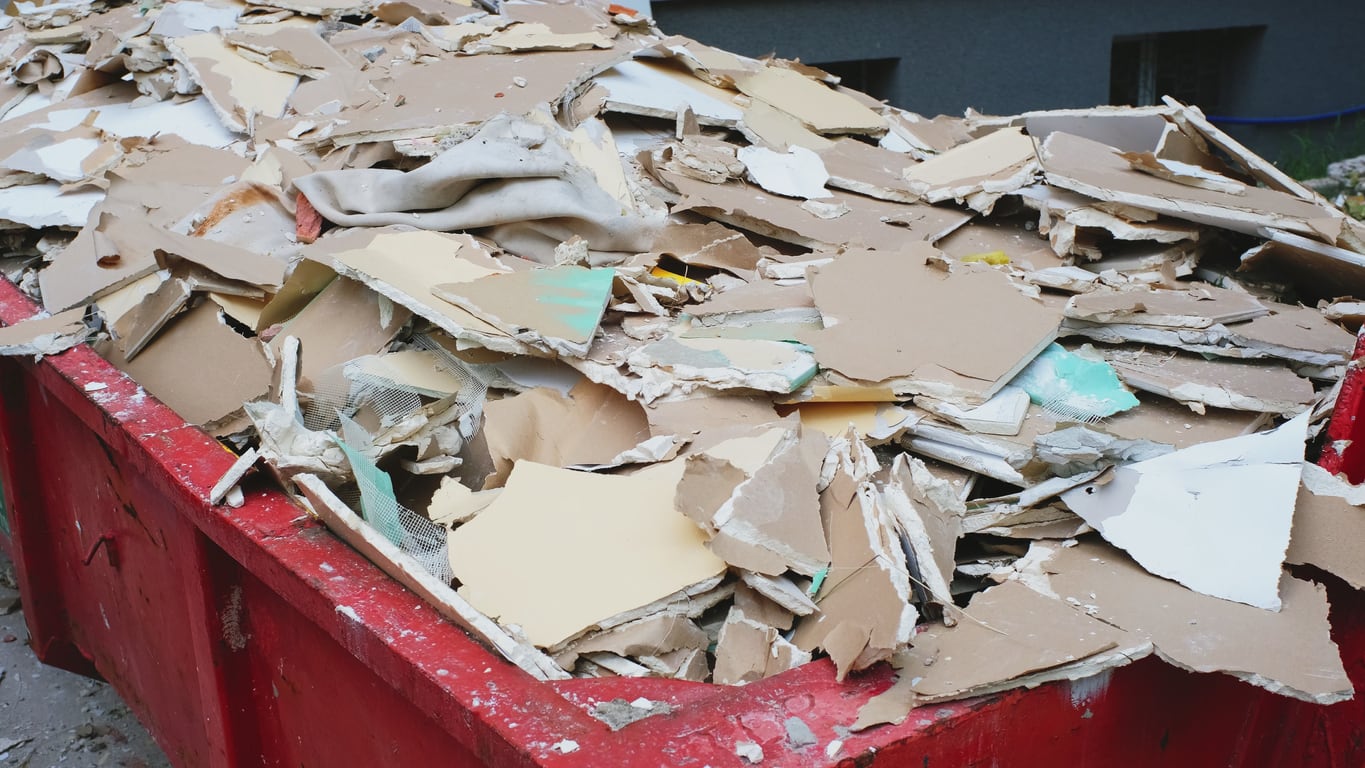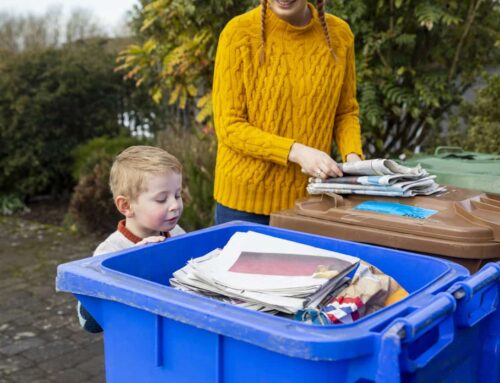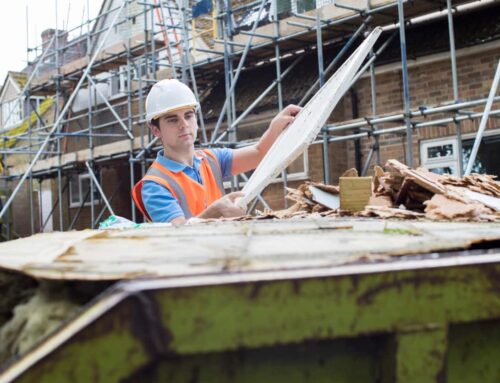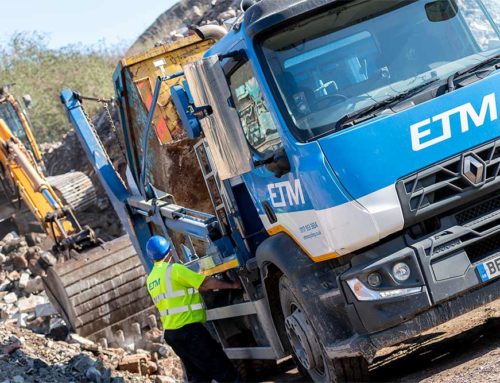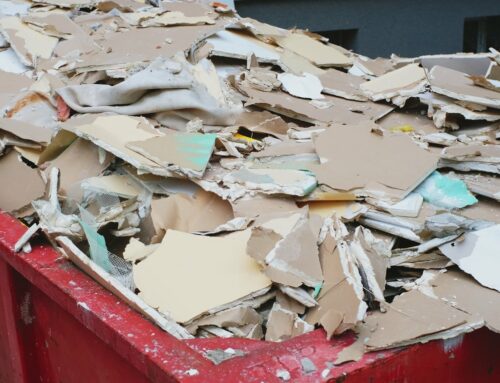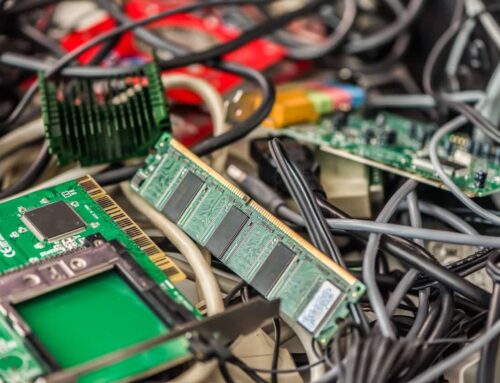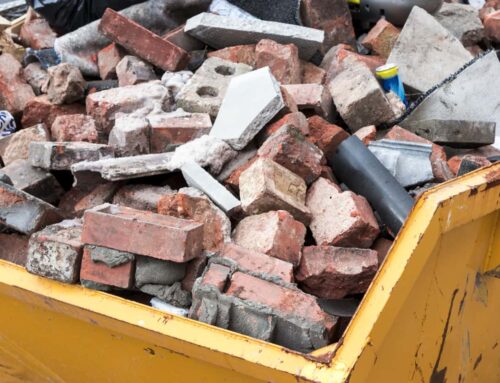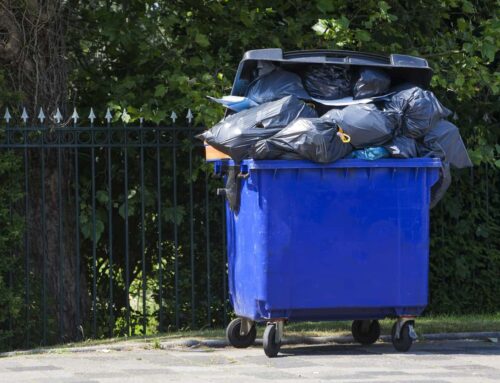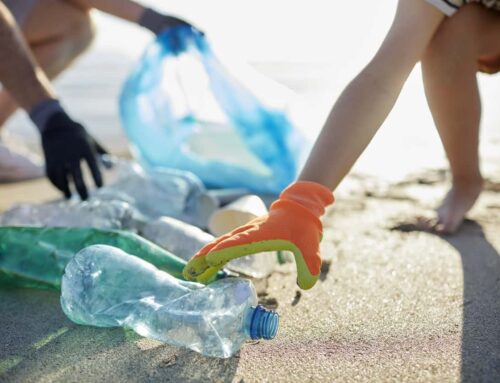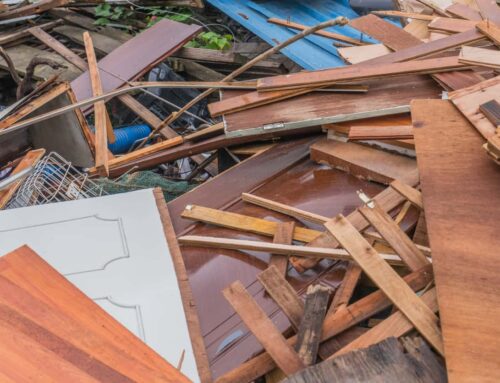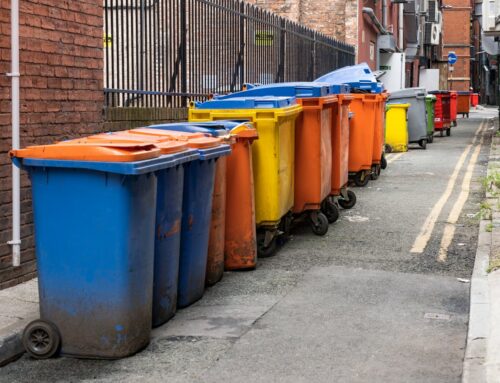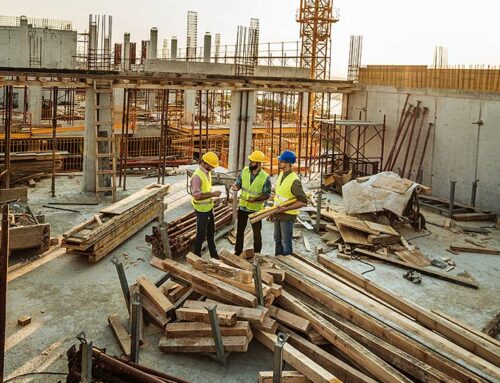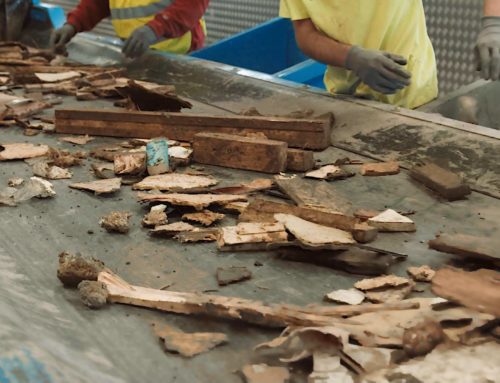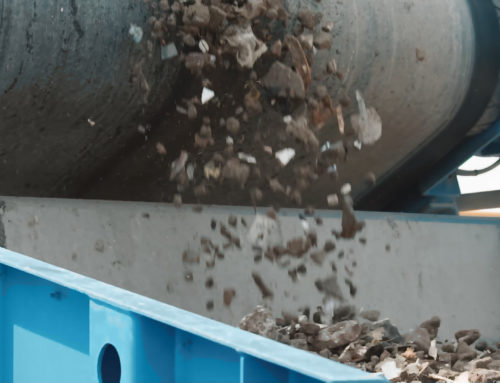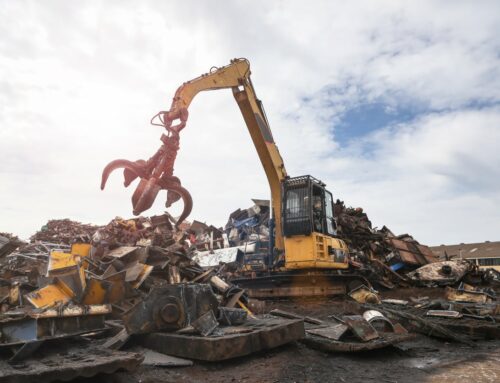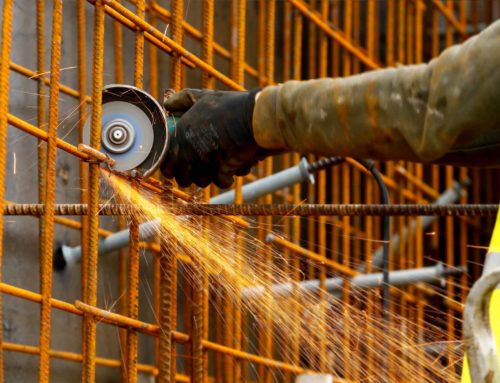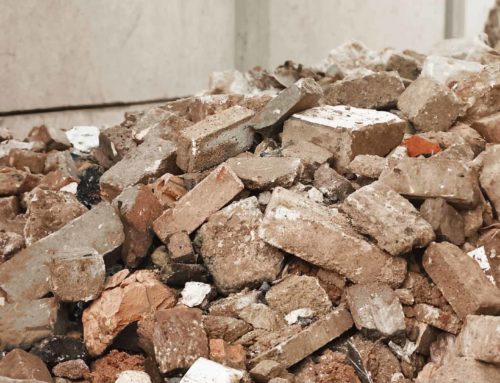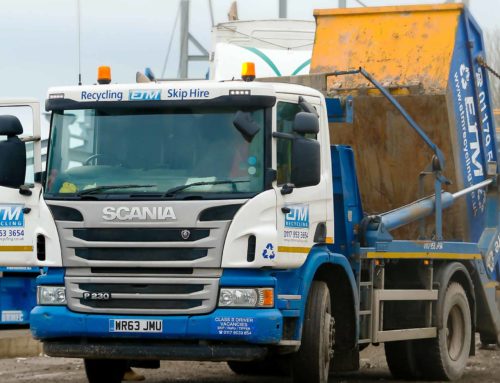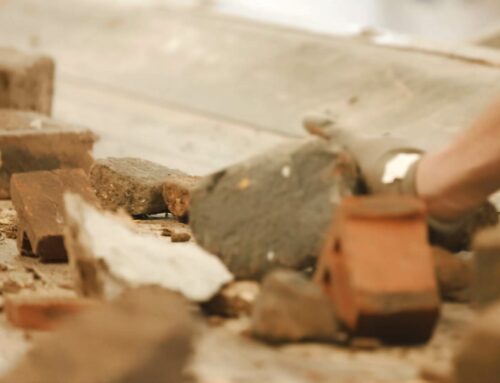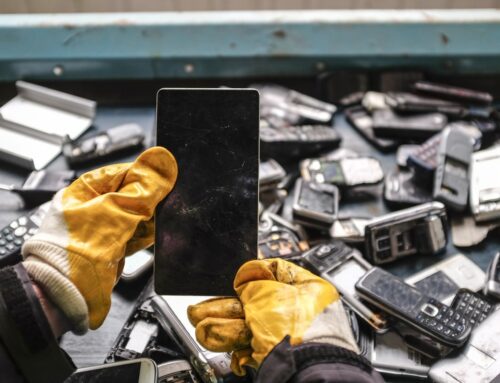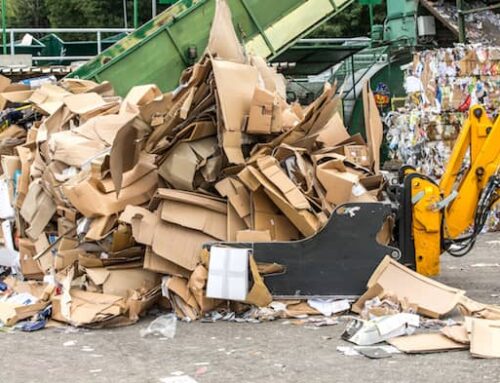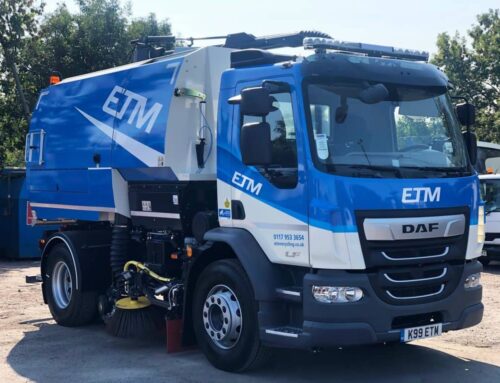Plasterboard is a staple construction material. Its versatility makes it suitable for a wide range of products, from commercial buildings such as warehouses and offices to domestic properties. It is often used to line existing walls, partition walls and ceilings.
Whether you are building with or removing plasterboard, it’s important to be aware of how to adequately dispose of any waste you have.
In the past, it was possible to dispose of plasterboard if the components made up less than 10% of the construction waste. However, in 2009 the Environmental Agency changed this so that no matter what quantity of plasterboard material, you had to dispose of it separately to be collected by a waste management or recycling service.
This article will explain the reasons why plasterboard cannot be disposed of alongside general waste, including the environmental effects and risk to public health, as well as our top tips for disposal and minimising wastage.
Why is Plasterboard Banned from Landfills?
Plasterboard is banned from being disposed of in UK skips or landfills because it is classed as hazardous waste.
The main ingredient of plasterboard is gypsum, a sulphate mineral that is mixed with water and dried to form a solid board. This high sulphate content gives plasterboard a high putrefaction (the process of decaying) risk.
While harmless in dry construction settings, plasterboard can become dangerous when discarded alongside general waste. If it gets wet and breaks down, it creates a toxic gas called Hydrogen Sulphide (H2S).
Exposure to H2S can cause significant issues to the eyes and the respiratory system, with symptoms ranging in severity from headaches to convulsions and comas.
What Are the Environmental Effects of Plasterboard in Landfills?
Decomposing plasterboard doesn’t just present a risk to us, it also is extremely harmful to the environment.
The density of H2S means that when it collects in the ground it creates large invisible pools. This toxic build-up can cause significant ground pollution and damage to ecosystems.
While H2S pools are colourless and can appear like pools of rainwater to someone unaware, they can generally be identified as H2S by their distinctive ‘rotten egg’ smell, which is extremely potent and uncomfortable to breathe in.
Not only is H2S poisonous, but it is also corrosive, flammable and explosive if left to build up in landfills or construction sites.
If you do not dispose of your plasterboard through safe methods, your business could face prosecution and be fined by the Environmental Agency.
How To Dispose of Plasterboard Waste Correctly
Here are our 5 top tips for disposing of plasterboard safely and how to minimise wastage:
Separate and Isolate Plasterboard from the Rest of Your Waste
You must separate your plasterboard from the rest of the materials you are planning to dispose of so that none of the waste is mixed up to cause contamination.
Adequate Waste Storage
You must ensure that the material is kept away from anywhere it could get wet, including standing water or rain. For this reason, you should keep the material covered, and if possible, in an air-conditioned area that will counteract high humidity levels to prevent condensation from forming.
If you have arranged for your plasterboard to be processed by a waste management service, they will likely offer plasterboard skip boards for you to contain it all.
Minimise Wastage
Order Only What You Need
This sounds like common sense, but when it comes to purchasing building materials, ordering the right amount of plasterboard is crucial to preventing unnecessary waste.
While it’s possible to over order and store other building products, such as blocks or cement, over ordering plasterboard can present an issue. If it is not stored correctly, it could get wet or damaged and cause toxic H2S contamination.
By only ordering the exact amount you need, you will prevent any risk of H2S build-up, as well as the hassle of having to arrange the disposal of ruined plasterboard.
Handle With Care
As with most building materials, it benefits to handle plasterboard with care. Any damaged material (damaged to the point that you can’t use it on your construction project) must be disposed of, however small.
Take Measurements Twice
When using plasterboard in your construction project, always double-check your measurements. If you cut plasterboard to fit incorrectly, you won’t just have the hassle and expense of ordering more, you’ll also have to arrange for the collection or recycling of the old pieces.
Waste Management Solutions from ETM Recycling
ETM Recycling is one of the leading providers of waste management services in the Southwest. We have extensive experience in handling and disposing of plasterboard, meaning that if you’re ever unsure of your processes, need some expert advice, or want to book a skip, we’re here when you need us.
We also offer a range of services to both businesses and households, including:
- Recycling of wood, paper, plastic and more
- Skip hire and collection
- Road sweeper hire
- Tipping facilities
- Commercial waste management
If you have any questions about our services or need bespoke advice on waste management for your home or business, don’t hesitate to get in touch with our team today.
